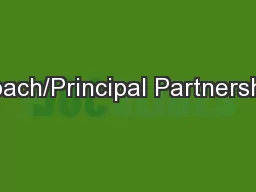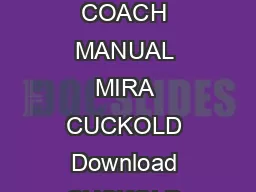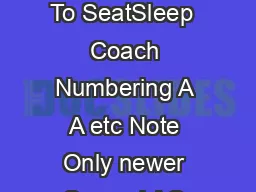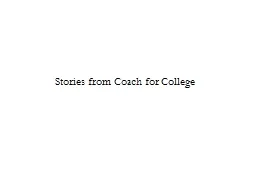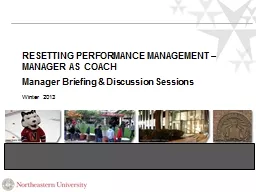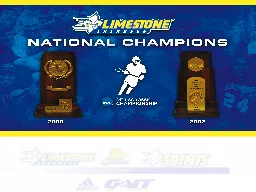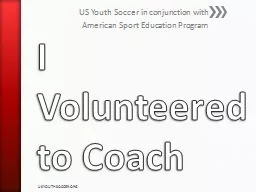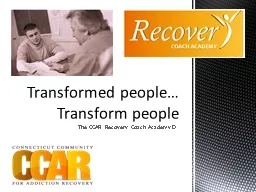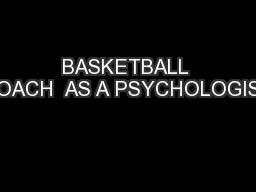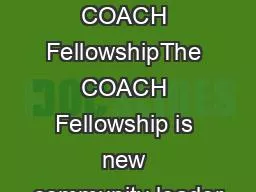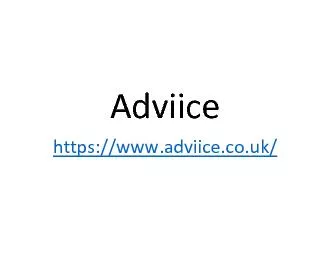PPT-Coach/Principal Partnership
Author : luanne-stotts | Published Date : 2018-03-08
Webinar September 2017 Steve Barkley Why does Instructional Coaching require a partnership Principal as an Instructional Leader has a responsibility for teacher
Presentation Embed Code
Download Presentation
Download Presentation The PPT/PDF document "Coach/Principal Partnership" is the property of its rightful owner. Permission is granted to download and print the materials on this website for personal, non-commercial use only, and to display it on your personal computer provided you do not modify the materials and that you retain all copyright notices contained in the materials. By downloading content from our website, you accept the terms of this agreement.
Coach/Principal Partnership: Transcript
Download Rules Of Document
"Coach/Principal Partnership"The content belongs to its owner. You may download and print it for personal use, without modification, and keep all copyright notices. By downloading, you agree to these terms.
Related Documents

